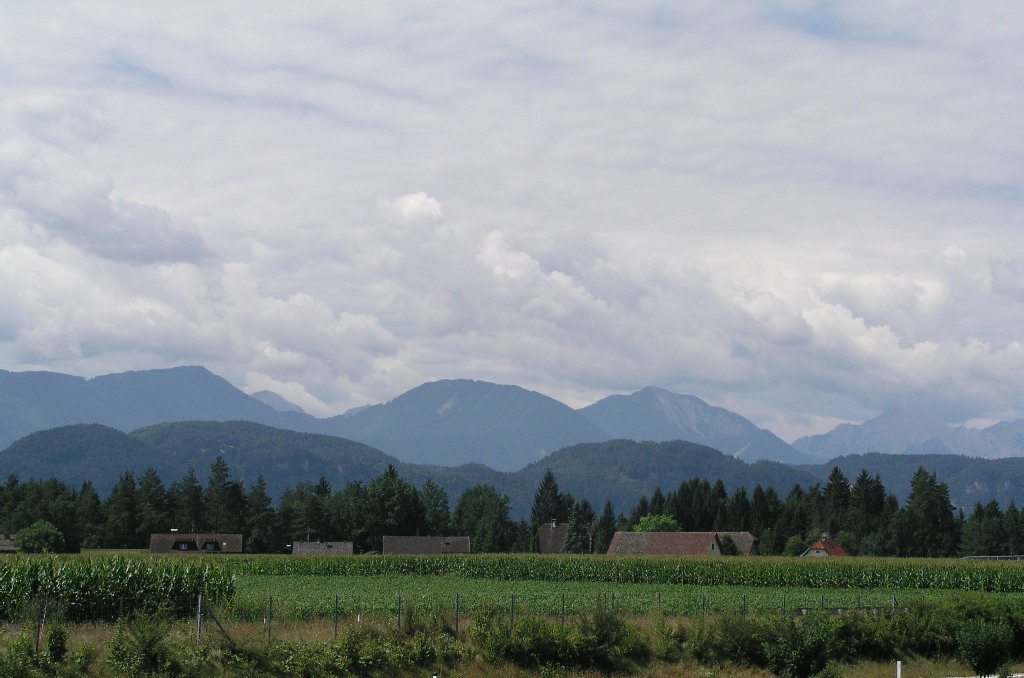Next trip after San Marino, this time to the north to Bellaria-Igea Marina, was to Ravenna, the capital of the following: Western Roman Empire in the years 402-476, the Kingdom of Ostrogoths, Ravenna Exarchate (Byzantine province on the Apennine Peninsula) in the years 540-751, and part of the Papal States in the years 765-1859. Ravenna was originally a seaside town, but as centuries passed, alluvial sediments would cut it off from the sea if it were not for the construction of an 11-kilometer long canal (the longest in Italy) at the beginning of the 18th century. Ravenna is a city with a stunning number of historic churches.
The first one we saw was the Basilica di Santa Maria in Porto. It is a minor basilica built in the 16th century.

The façade in its current form was built in 1784 by Camillo Morigia, to whom we owe the contemporary appearance of the Dante’s tomb and the clock tower – both of which we saw later.
Continue reading “Italy 2003 – First steps in Ravenna (ENG)”


